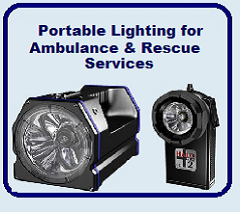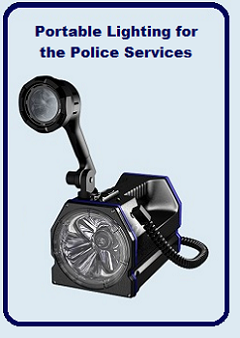
The recent visit from Storm Eunice once again made us aware of how vulnerable we are in the face of nature’s wrath. Eunice blew through the UK leaving a trail of devastation and destruction not seen for many years.
One of the hardest hit services was our rail network with all sorts of disruptions causing chaos across the country. Fallen trees, damaged power cables, damaged tracks, and debris on the lines – including trees, various items of garden furniture, trampolines and even the odd roof.
The job of clearing up and ensuring that our railways are running as safely and efficiently as possible is in the hands of Network Rail.
Their engineers and contractors maintain, repair, and improve our rail infrastructure around the clock in all weathers to make it possible for trains to run. In order to achieve this they are assisted by a fleet of seasonal track treatment machines and vehicles.
These vehicles include:
- Multipurpose vehicles (MPV)
- Snow and ice treatment trains (SITT)
The MPV and SITT both scrape ice off the conductor rail head (the top of the conductor rail) and can spray the rails with hot liquid anti-icer that prevents ice sticking to the conductor rail head.
- Winter development vehicle (WDV) used to blow hot air around the running rails – specifically around points and crossings – to melt snow and ice that is stopping the points from working. The WDV is also equipped with steam lances to melt the more built-up stubborn ice deposits.
- Snow ploughs can be fitted to the front of trains for removing snow
- Mini snow ploughs (MSPs) – owned by freight operating companies – clip on to the front of locos that are operated under contract to us, and as the name suggests, they’re the smallest of the ploughs. Their blade can be adjusted for snow depth but can’t usually cope with more than 18 inches.
- Small snow ploughs can fit to the front of passenger trains to clear up to eight inches of snow. These and our typical winter weather vehicles and procedures (see above) may not be enough to remove heavy snowfall though – that’s a job for our extreme weather fleet (our ploughs below and our snow blowers).
- SITT (plough – This can be added to the SITT (front and rear) if a significant snow fall has closed a third-rail route.
- Beilhack V plough and Independent snow plough are more robust ploughs for heavier snow
Snow blowers
Two snow blowers, based in Scotland, are fitted with propellers that cut through and blow away snow drift. A special hydraulic turntable within the machine makes it possible for the snow blower to turn around on its own if needed.
For more information read this article with some interesting pictures and videos on the Network Rail website.


